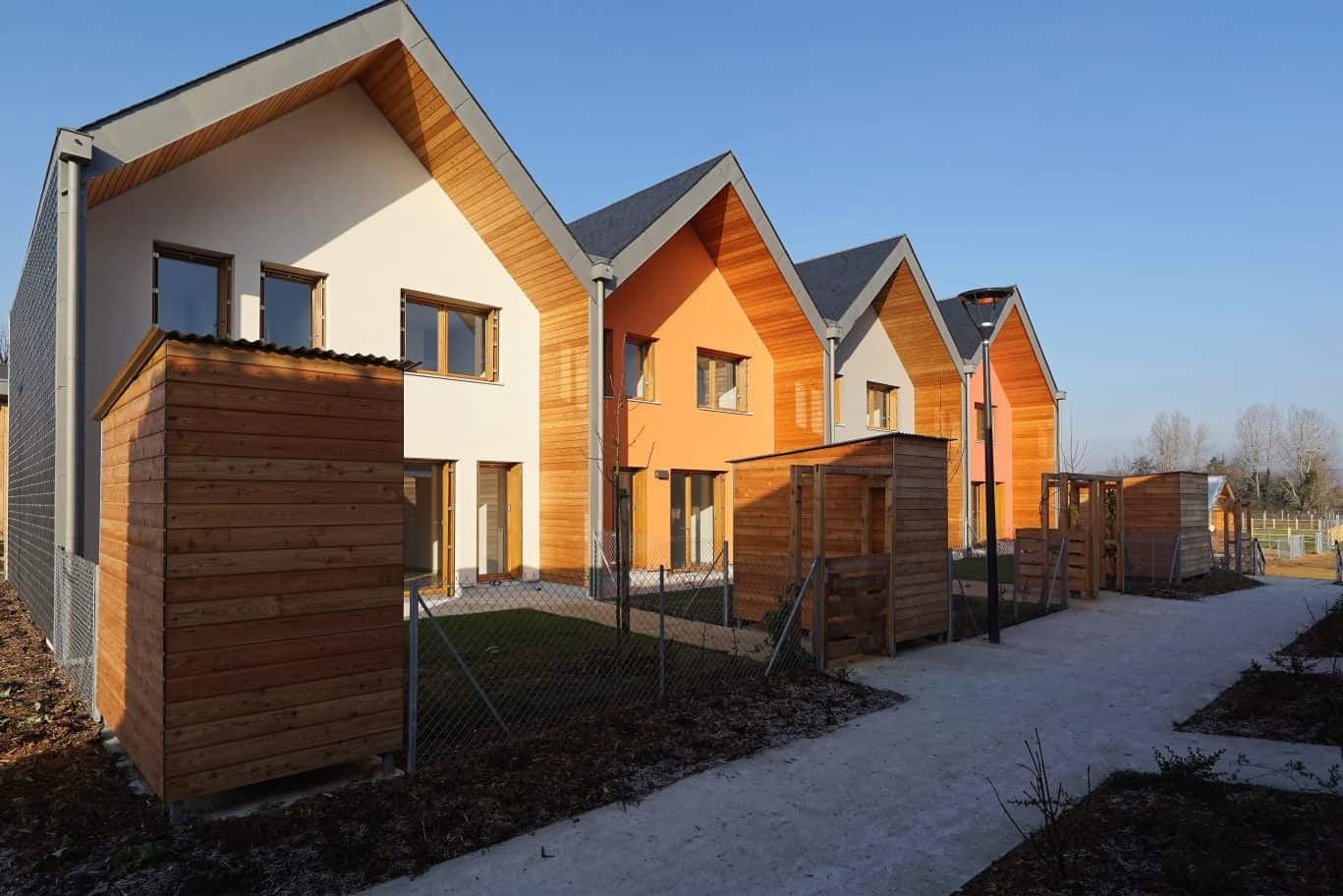
Eco-design: to make construction durable and smart
4 minutes of reading
A platform in favour of eco-design, created by Marie-Luce Godinot, Executive Vice President of Bouygues Construction, in charge of Information Systems, Digital Transformation, Innovation and Sustainable Development; and Thierry Juif, Environment and Eco-design manager for Bouygues Construction.

Eco-design: towards sustainable smart cities
Climate change, growing population and urbanisation, mobility, etc. According to Marie-Luce Godinot, these issues represent multiple challenges in which construction has a role to play. “At Bouygues Construction, we are rising to these challenges with our clients and partners: from modular or wood construction, to smart cities, as well as the circular economy. In the building trade, the digital revolution is underway: IoT, AI, virtual and augmented reality, automation, 3D printing, and BIM are all opportunities to respond to climate issues, while preserving the safety of our partners.” Eco-design methods are becoming essential with regards to highlighting the expectations of citizens, territories, future users, and thus imagining sustainable cities, explained Marie-Luce Godinot: “Responsible and committed, let’s make each project an opportunity to build the future.”Bouygues, a committed construction company: reduce the carbon footprint, favour local and circular resources
As a committed construction company, reducing the carbon footprint and saving on resources are two major aspects of the Bouygues Construction strategy. But how can we do this when concrete alone represents 6% of worldwide greenhouse gas emissions, and when sand, used to make concrete, is not renewable? According to Thierry Juif, eco-design is a response for the building trade in search of sustainable and eco-friendly solutions. An innovative approach to reduce our resource consumption, the quantity of waste that our activities produce, and our CO2 emissions. “On site, this goes through the circular economy, with, amongst others, waste recycling”, he explained, “or reuse, an even more virtuous solution which reuses the materials as they are on another project, thus avoiding recycling treatment.”Eco-design: renovation, restoration and reversibility of buildings
“And since we can build something new using old materials, eco-design also raises the question: do we have to build something new?”, Thierry Juif questioned. Why not reuse an existing building, and extend its lifespan? Renovate rather than demolish: this is what they did on the Colorama project in Nîmes, where offices were transformed into social housing, thanks to which the town centre experienced a new dynamism. Better still, plan the reversibility of a building from the design stage, to create a building without an expiry date. Work#1, at Lyon Confluence, is an example of this. The building will be home to offices for a while, and can be transformed into a residential building when the neighbourhood has completed its transformation. An ambition also expressed by the City Hall of Paris, which would like to implement the same process for certain developments of the 2024 Olympic and Paralympic Games. The promise that the value of the works will stand the test of time.Low-carbon concrete, smart energy, bio-based materials: what are the essentials of eco-design?
In the design phase, the “energy consumption of future users” aspect must not be overlooked, according to Thierry Juif, with regards to both the building and the neighbourhood. Construction materials will also need to evolve thanks to R&D, including more traditional materials like concrete. Hoffmann Green Cement Technologies, with whom Bouygues Construction has just signed a partnership, are developing a cement whose carbon footprint is 70% to 80% lower than that of traditional cement, for example. More good news: bio-based materials, like wood or hemp, are increasingly being used. We are currently designing the Tour Commune in Paris, a wooden building which will be 50 metres high. Seaweed, mushrooms, and potatoes are all unusual materials… but which may be used in our future constructions, due to their low CO2 emissions, and their insulating properties. “Basically”, concluded Thierry Juif, “the need to protect our environment encourages us to innovate in order to design works by constantly improving their performance and build in a more responsible manner. Let’s not see it as a constraint, but rather as an opportunity to build better”.More reading
Read also




What lies ahead? 7 megatrends and their influence on construction, real estate and urban development
Article
20 minutes of reading

